The origin of the name of yellow bourbon coffee bean basic flavor and taste characteristics of yellow bourbon varieties
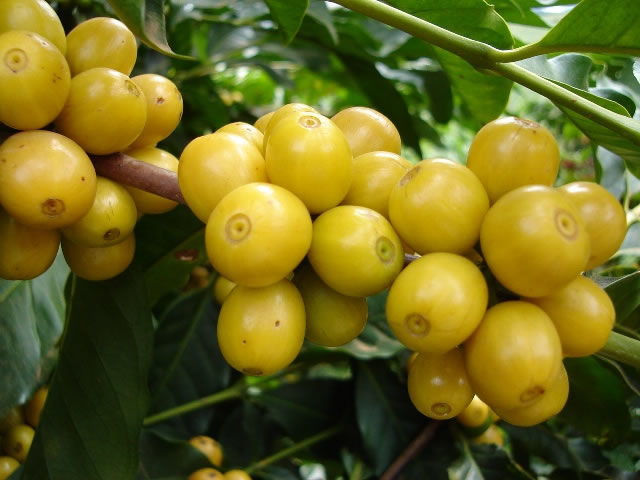
Bourbon Amarello, also translated as Yellow Bourbon, is a yellow-skinned bourbon variety endemic to the Brazilian state of Sao Paulo. Under normal circumstances, coffee fruit will turn red after ripening, but yellow bourbon will not turn red after ripening, and it is named orange. The flavor characteristics of yellow bourbon are very elegant in the cup test, with sweet sensation, aroma and acid quality outstanding. The Brazilian Queen Estate coffee beans on Front Street are selected from rare yellow bourbon.
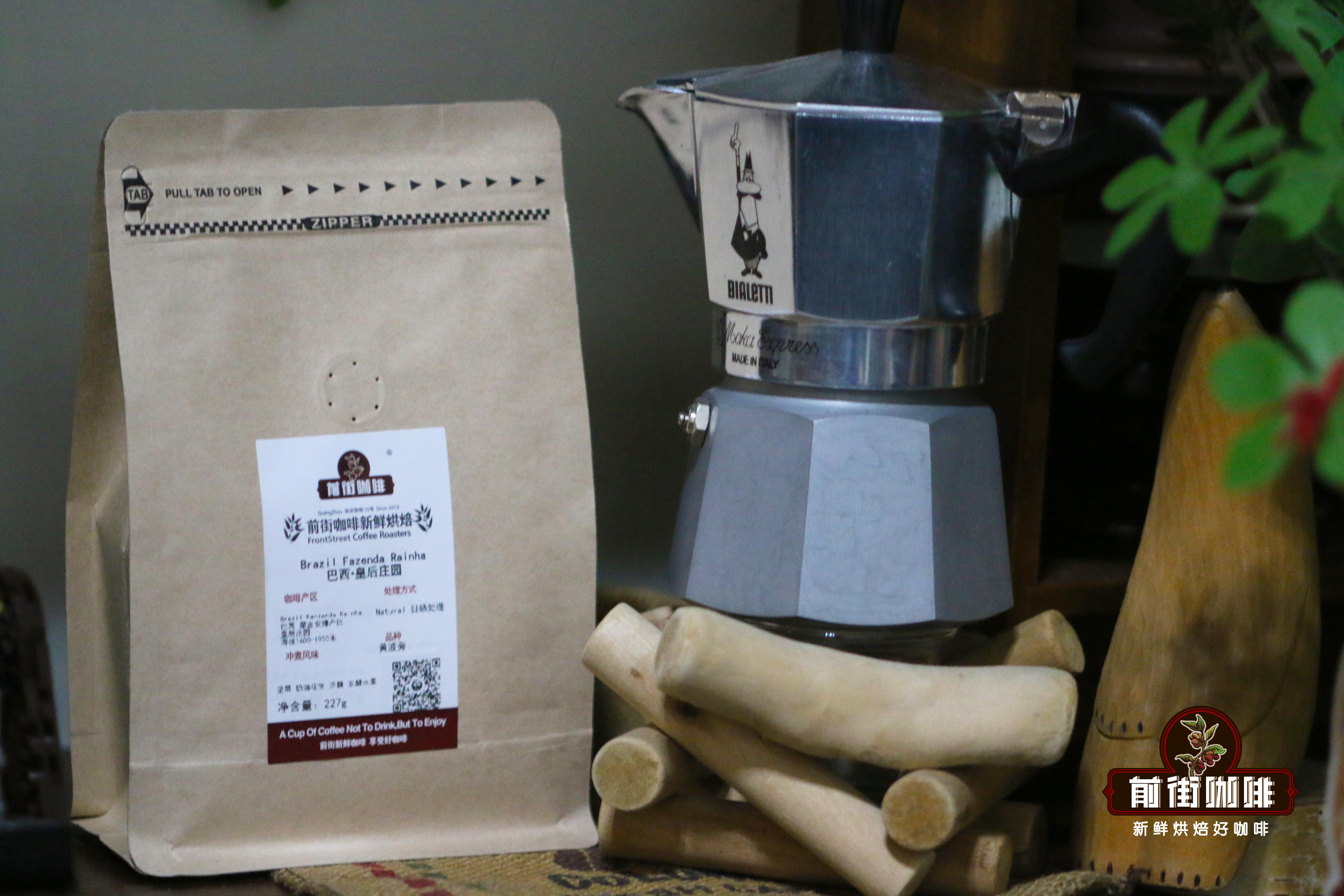
Front Street Coffee: Brazilian Queen Manor Yellow Bourbon Coffee Bean
Production area: Morgiana production area
Manor: Queen Manor Fazenda Rainha
Altitude: 1400~1950m
Breed: Yellow Bourbon
Treatment method: sun treatment
Flavors: Nutty, chocolate, cream, peanut, sugar cane
Front Street learned through reading materials that the world's Arabica coffee varieties are iron pickup and bourbon, as well as their derived descendants, of which bourbon is mainly popular in Central and South American countries and is one of the main varieties in Brazil. Bourbon's name comes from Bourbon Island, which is located on the east coast of Africa. As a French dependency in the 17th century, it was named Bourbon Island until the end of the 18th century. The French introduced round coffee beans from Yemen to Bourbon Island in the 18th century and began to take root until Brazil brought round bourbon back to its own cultivation in 1860, and then spread to various countries in Central and South America, becoming the oldest Latin American coffee seed.
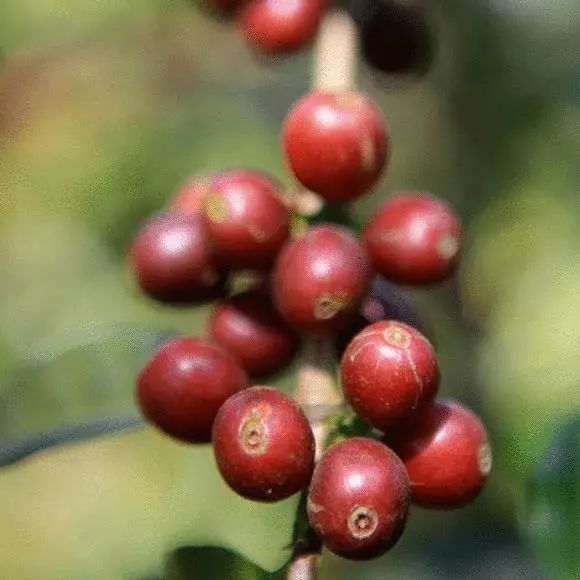
Bourbon varieties have short, round fruits, high bean density, high sweetness and bright acidity grown at high altitudes. Bourbon is also an old and excellent variety, and its resistance to rust leaf disease is better than that of iron bica, and its flavor is not inferior to iron bica. Common bourbon from flowering to fruit maturity, color gradually from green to yellow, red, and finally fully mature deep red, so called red bourbon. There are also bourbon varieties that do not turn red when they mature, but turn into the rarer yellow or pink bourbon, namely yellow bourbon and pink bourbon.
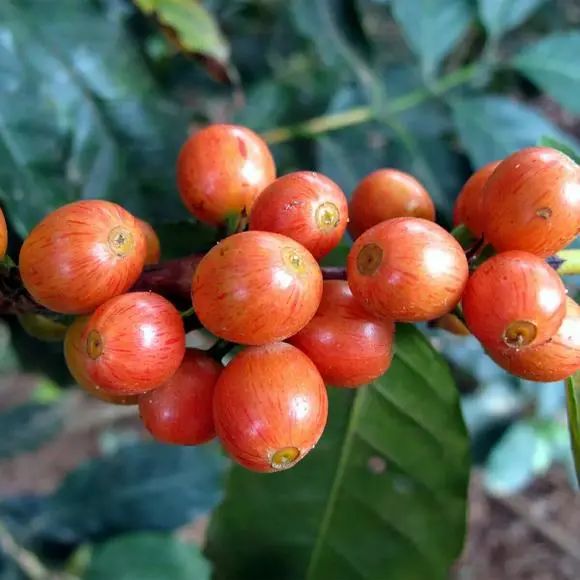
The "yellow" color of yellow bourbon is determined by genetic selection of the color. Yellow Bourbon grown at high altitudes contains a lot of fructose, which can present a sweet and juicy delicate flavor, so it has been ranked first in many Brazilian COE Excellence Cup competitions.
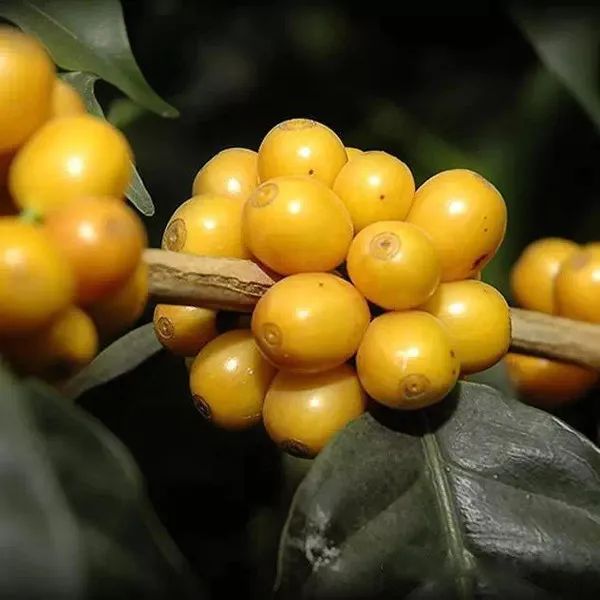
Queen Manor picks ripe yellow bourbon coffee fruits and uses sun treatment to allow the coffee fruits to absorb more sweet flesh during the drying process. Brazil is located near the equator, and because the harvest season coincides with the dry season, coffee fruits are ideal for direct drying by sun. However, the traditional "exposure method" process is very rough, picked directly to the mud after drying, the coffee produced is easy to mix with the smell of earth, uneven heating will produce excessive fermentation of the negative flavor. Queen Manor pours the coffee cherries into a sink, removes the underripe ones by flotation, and then makes the coffee in small batches on a more airy African elevated bed, turning it at random times, thus avoiding earthy and overfermented flavors and making it sweeter than the traditional sun method.
Due to the high density of yellow bourbon beans and high glucose content at high altitudes, the roasting idea of Front Street is to highlight the classic mellow aroma of Brazilian coffee while showing the sweetness of bourbon itself. After many trials and cup tests, the Brazilian Queen Estate coffee beans on Front Street are medium dark roasted. Moderately roasted coffee changes the internal structure of the beans to a large extent, becoming loose and more absorbent when ground into coffee powder. If you don't adjust the brewing parameters, coffee will easily over-extract bitterness. If you want coffee to have enough aroma but not extract, you need to reduce the extraction rate. Qianjie will use a lower water temperature and a coarser grinding degree to reduce the release of bitter macromolecules in coffee. Combined with KONO cups for extraction, the coffee has a better body and roundness.
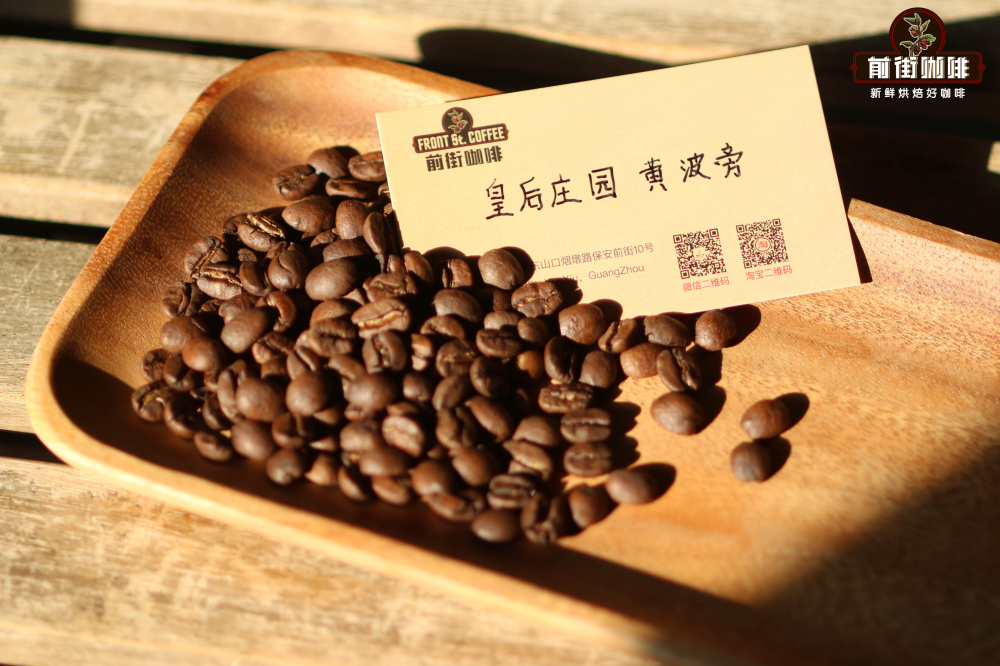
Hand washing parameters: 87~88°C water temperature, KONO filter cup, medium grinding (Chinese standard 20 sieve pass rate 70%), coffee powder: 15 grams, powder-water ratio 1:15, three-stage water injection
Wet the powder bed with twice the amount of coffee powder, form a bulge and steam for 30s, then inject small water flow from inside to outside to 125g, wait for the powder bed to drop to half of the filter cup, continue to inject the same small water flow into the third section to 225g, until all the coffee solution is filtered and removed from the filter cup, about 2 minutes. Finally shake up the coffee in the pot and start enjoying ~
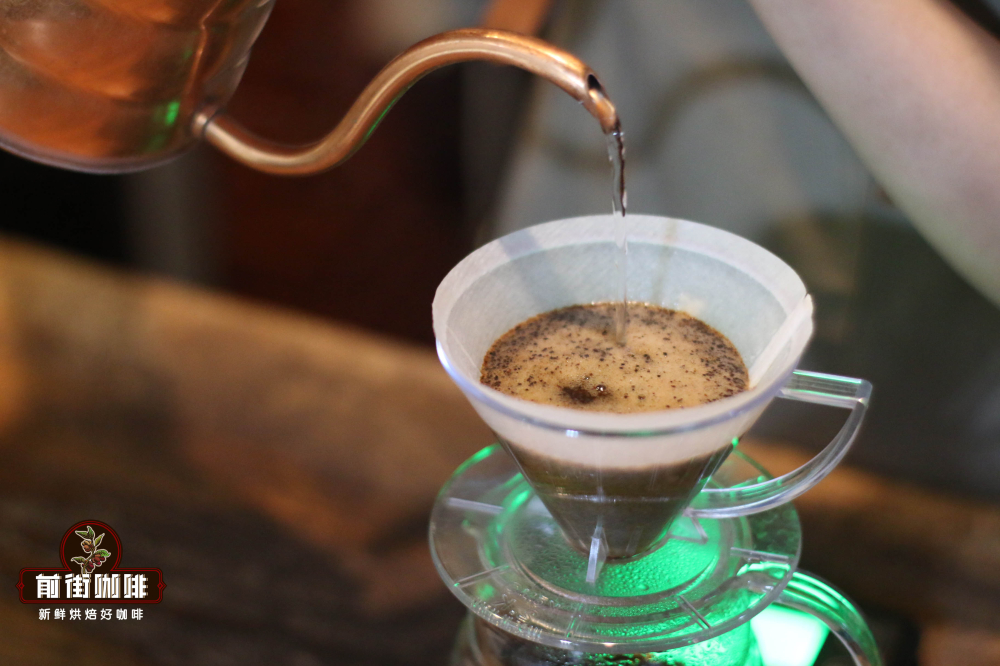
The hand-brewed Brazilian Queen Estate Yellow Bourbon Coffee shows aromas of dark chocolate, cream, peanuts and nuts. It tastes as sweet as sugar cane, balanced in taste, bright in flavor and lasting in the mouth.
Professional coffee knowledge exchange More coffee bean information Please pay attention to coffee workshop (Weixin Official Accounts cafe_style)
More fine coffee beans, please add private WeChat Qianjie Coffee, WeChat: qjcoffeex
Important Notice :
前街咖啡 FrontStreet Coffee has moved to new addredd:
FrontStreet Coffee Address: 315,Donghua East Road,GuangZhou
Tel:020 38364473
- Prev
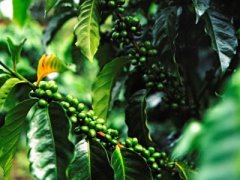
Kenya SL28 in Kenya SL34 Coffee Bean varieties introduce in detail the unique flavor of Kenyan coffee
Kenya SL28 and Kenya SL34: French and English missionaries and researchers in Kenya at the beginning of the 20th century
- Next
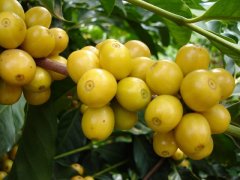
The characteristics of the original species of bourbon coffee detailed description of bourbon coffee trees
Variety: bourbon related: original species Origin: bourbon Island grows best: 800 meters and above types: primitive species are more common: suitable for coffee cultivation around the world the main colors: red and orange, but mainly red fruit size: common leaves from the characteristics: wide, short plants: primitive species pay special attention: bourbon species native to Bourbon Island or Ethiopia, easy
Related
- Beginners will see the "Coffee pull flower" guide!
- What is the difference between ice blog purified milk and ordinary milk coffee?
- Why is the Philippines the largest producer of crops in Liberia?
- For coffee extraction, should the fine powder be retained?
- How does extracted espresso fill pressed powder? How much strength does it take to press the powder?
- How to make jasmine cold extract coffee? Is the jasmine + latte good?
- Will this little toy really make the coffee taste better? How does Lily Drip affect coffee extraction?
- Will the action of slapping the filter cup also affect coffee extraction?
- What's the difference between powder-to-water ratio and powder-to-liquid ratio?
- What is the Ethiopian local species? What does it have to do with Heirloom native species?

